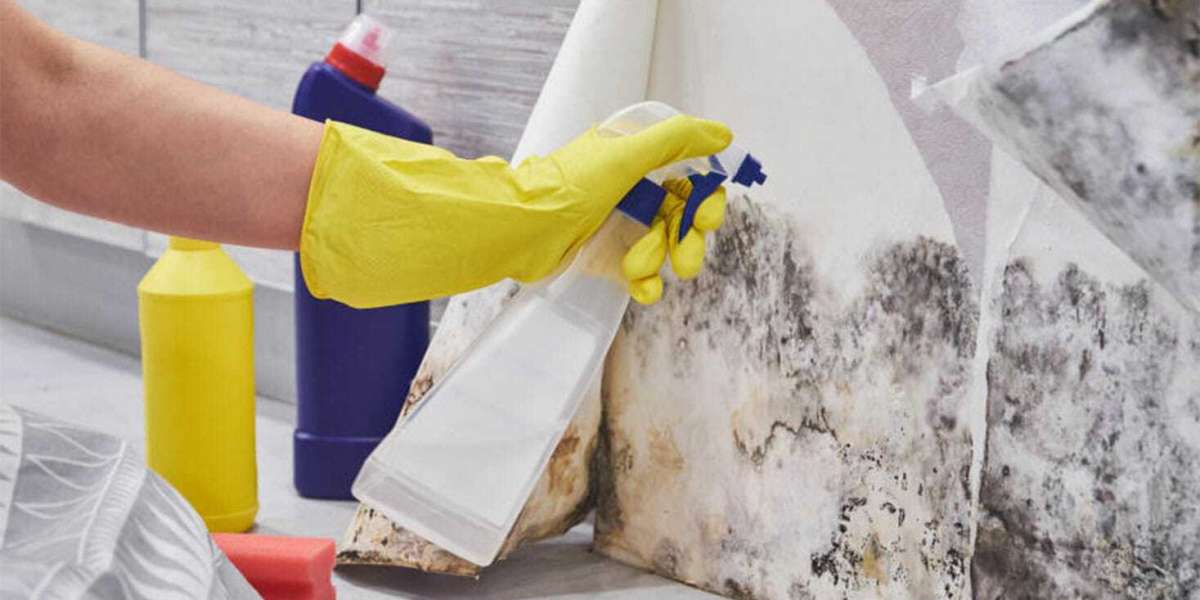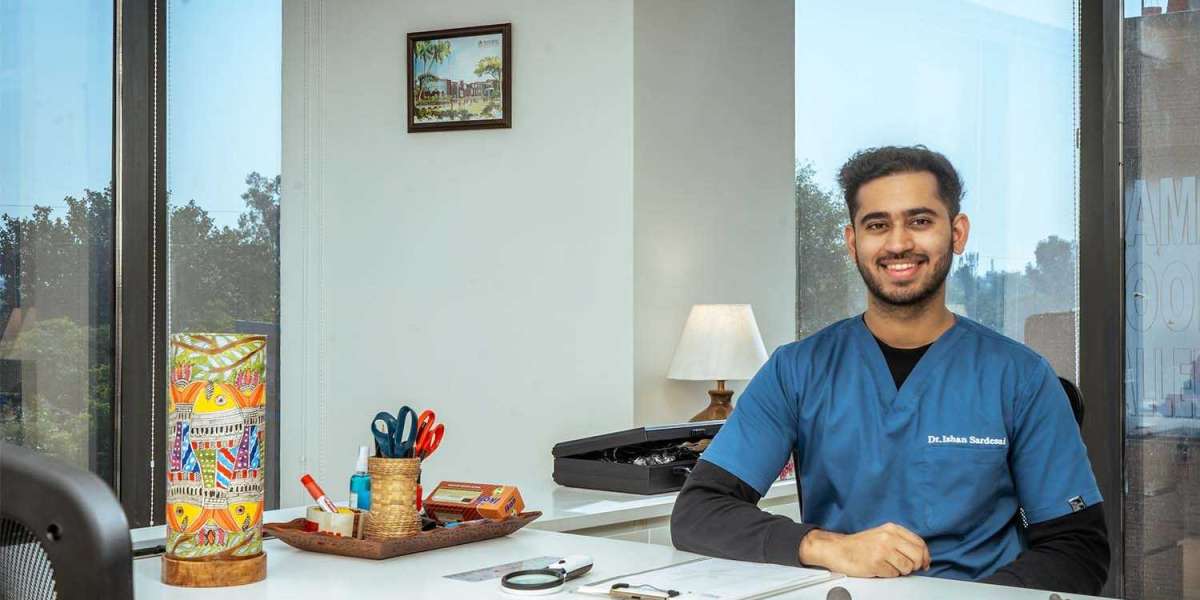A Mold-Free Home Is Within Reach: Let's Get Started
If you've spotted those unsightly dark spots or experienced a musty odor, you’re likely dealing with mold on drywall. Mold can sneak into our homes and thrive on walls, ceilings, and other surfaces. Knowing how to handle mold safely is key. So is knowing when to seek help from a mold detection company or professional mold removers. It can make all the difference. Let’s walk through the steps to safely and effectively remove mold from drywall in a way that ensures your home’s health and your peace of mind.
Why Mold Loves Drywall And How It Grows
Drywall is perfect for mold. It has organic materials and absorbs moisture, which mold needs to thrive. Mold spores float through the air and can settle on drywall, especially in damp spaces such as bathrooms, basements, and attics. High humidity, leaks, or condensation in these spaces can provide the moisture mold needs to grow.
Black mold is particularly concerning, as it can produce allergens and irritants that affect air quality and health. While small spots of mold might seem like no big deal, ignoring them can lead to larger mold colonies and increased health risks. This is why many homeowners test for mold. They also consult mold removal services for effective removal.
How To Identify Mold On Drywall: Spotting The Signs Early
Before jumping into mold removal, it’s important to identify whether you’re dealing with mold and, if so, what type. This may require a home mold inspection or testing service. It will confirm if it is harmful, like black mold.
Common signs of mold on drywall include:
- Dark or greenish-black spots
- A musty or damp smell
- Discolored or warped drywall
- Visible patches, especially around corners, ceilings, or baseboards
If you’re unsure about the extent or type of mold, contact a mold detection company or consider testing for mold in house. A black mold inspection can help. It will show if you need to DIY or hire mold removal experts.
DIY Mold Removal: Tools And Supplies
Before getting started with mold remediation, gather the necessary tools to remove mold from drywall safely:
Tool/Supply | Purpose |
Rubber gloves | Protects hands from mold spores |
Mask or respirator | Prevents inhaling mold |
Safety goggles | Protects eyes from mold spores |
Soft brush or sponge | For gentle scrubbing |
Vinegar or hydrogen peroxide | Natural cleaning agents |
Bleach (optional) | Disinfectant for tough mold |
Dehumidifier | Helps dry out damp areas |
Plastic sheeting | Contains mold spread |
Step-By-Step Guide: Removing Mold From Drywall
1. Isolate The Area
Before starting, close off the area to prevent mold spores from spreading to other rooms. Cover vents and doors with plastic sheeting.
2. Protect Yourself
Wear protective gloves, a mask, and goggles. This is especially important if the mold is extensive or if it’s black mold. Professionals always wear full protective gear, and so should you.
3. Use Natural Cleaners
Mix vinegar with water or use undiluted hydrogen peroxide as a natural way to kill mold. Apply the solution to the moldy drywall with a sponge or spray bottle and let it sit for 10-15 minutes before scrubbing lightly.
4. Scrub With A Soft Brush
Using a soft brush, scrub the affected area gently. Be careful not to damage the drywall, as hard scrubbing can make it worse. For more stubborn mold, a mixture of bleach and water can be effective, but remember to rinse well to remove any residue.
5. Dry The Area
Once you’ve removed the mold, use a dehumidifier to thoroughly dry out the room. Eliminating moisture is key to preventing mold from coming back.
6. Monitor For Future Growth
If the mold reappears, it may indicate a moisture problem in the walls. You may need a Denver mold remediation service to prevent future outbreaks.
When To Call In The Professionals
For minor mold, DIY removal may be sufficient. But larger infestations or black mold inspection calls for the expertise of mold removal experts. Professional mold remediation services safely remove all mold, even hidden spores in walls and vents.
Mold inspection cost varies based on the extent of the infestation, location, and the company’s procedures. Often, mold remediation Denver companies assess for any moisture issues. For peace of mind, contact a mold detection company if you suspect a widespread issue. It will help your home's environment.
How To Prevent Mold On Drywall In The Future
Mold thrives in moisture-rich environments. To keep it from returning, follow these tips:
- Control Humidity: Use a dehumidifier in basements, bathrooms, and other damp areas. Aim for indoor humidity levels below 60%.
- Ventilation: Ensure proper airflow by opening windows, using exhaust fans, and maintaining ventilation.
- Repair Leaks Promptly: Whether it’s a roof leak or a dripping pipe, addressing leaks quickly reduces the chance of mold growing on drywall.
- Regular Home Mold Inspection: Routine mold tests can find hidden mold before it becomes a problem. This is particularly useful if you live in a humid area or if you’ve had mold problems in the past.
DIY Or Professional? Making The Best Choice For Your Situation
Choosing between a DIY approach or professional mold removal services depends on the size, type, and location of the mold. A black mold inspection may find health risks or a bigger problem. In that case, professional help is often the safest choice. Most mold remediation services offer estimates. In many cases, the mold inspection is worth the cost. It ensures a safe, thorough removal.
Mold remediation Denver professionals use specialized tools and skills. They remove mold from surfaces and fix hidden moisture sources. They also help prevent future issues. They seal affected areas and apply mold-resistant treatments.
Safeguarding Your Home And Family From Mold
Whether you do it or hire mold removal experts, act fast. It will protect your home's structure and improve your air quality. Mold affects not only walls and ceilings but also carpets, furniture, and even your HVAC system. Professional mold removal can save time, minimize health risks, and ensure thorough elimination.
You can keep your home mold-free. Understand the causes, spot symptoms early, and use the right cleaning techniques. In humid places like Denver, mold inspections can help. They can make your home safer for you and your family. A proactive approach with mold testing and inspection and mold remediation services can make all the difference.














